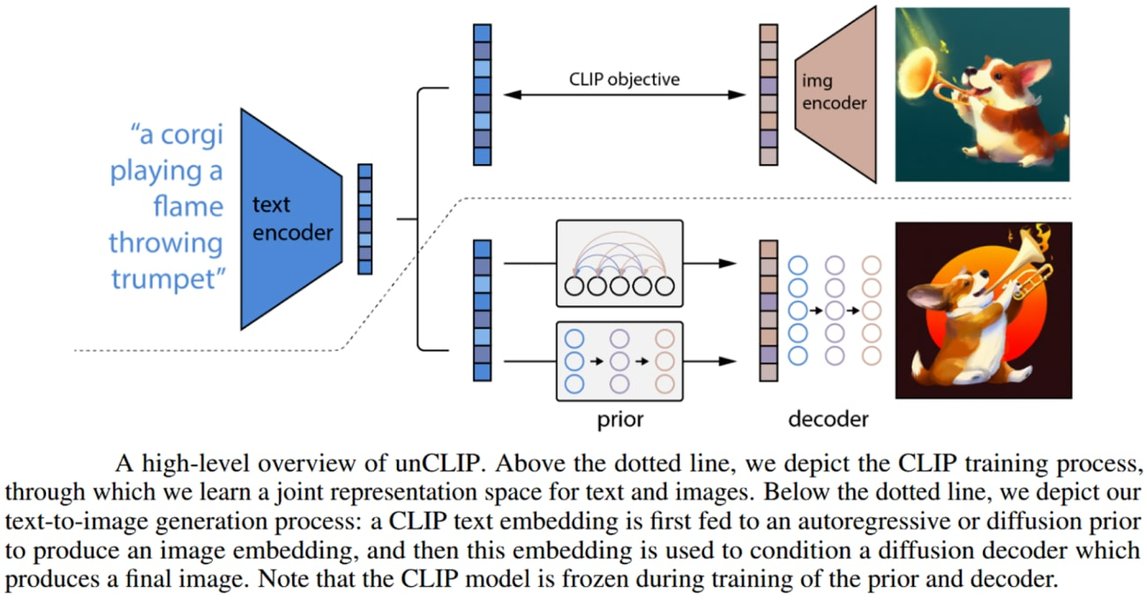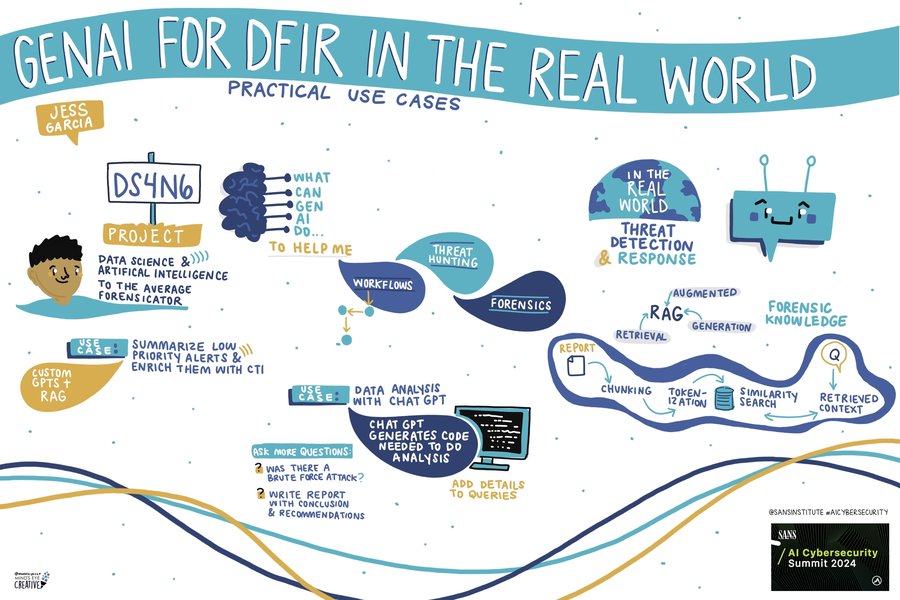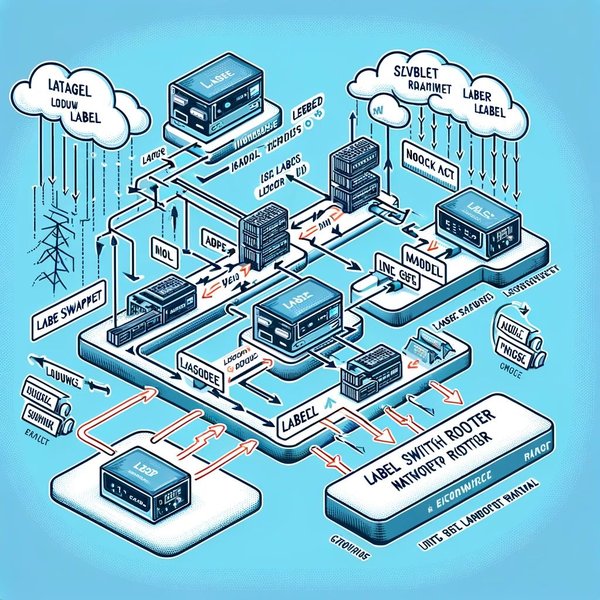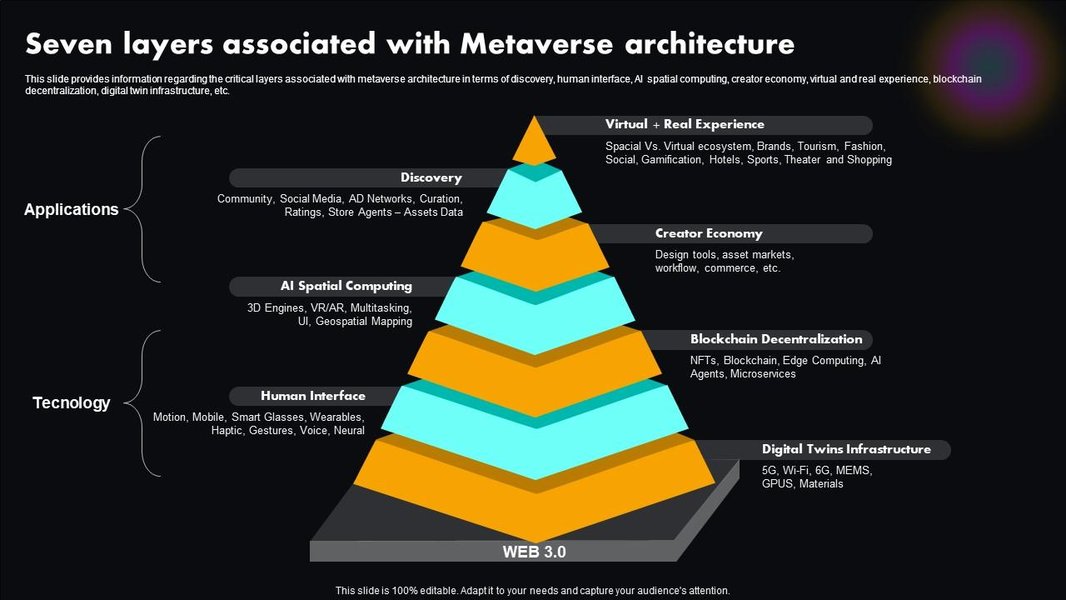
Unlocking Creativity and Efficiency: The Best AI Tools for Graphic Design, Diagrams, and Presentations
Explore the cutting-edge AI tools revolutionizing visual content creation.
Key Highlights
- Versatile AI Platforms: Tools like Canva and Adobe Express stand out as comprehensive platforms offering a wide range of AI-powered design features, suitable for various graphic design tasks, including presentations and social media content.
- Specialized Diagram Generators: For users focused on visualizing data and processes, dedicated AI diagram generators such as DiagramGPT, Miro AI, and Lucidchart provide efficient ways to create flowcharts, mind maps, and technical diagrams from text prompts.
- AI for Presentations: Numerous AI presentation makers, including Beautiful.ai, SlidesAI, and the AI features within Google Slides and Microsoft Copilot, streamline the presentation creation process, from generating content to suggesting designs and layouts.
The landscape of graphic design and content creation is being rapidly transformed by artificial intelligence. AI tools are no longer a futuristic concept; they are a tangible reality empowering designers and users of all skill levels to create stunning visuals with greater speed and efficiency. Whether you need to generate eye-catching graphics for social media, produce detailed diagrams for technical documentation, or assemble compelling presentations, there's an AI tool designed to streamline your workflow and enhance your creativity. This comprehensive guide explores some of the leading AI tools available today, highlighting their capabilities and how they can be leveraged for graphic design, diagram generation, and presentation creation.
The Rise of AI in Graphic Design
How AI is Reshaping the Creative Process
Artificial intelligence is revolutionizing graphic design by automating repetitive tasks, providing design suggestions, and enabling the creation of entirely new visuals from simple text prompts. This allows designers to focus more on the conceptual and creative aspects of their work, while also making design accessible to individuals without extensive graphic design experience.
Automating Mundane Tasks
AI-powered features within design software can automate tasks such as background removal, image resizing, and color correction, significantly reducing the time spent on manual adjustments.
Generating Design Concepts
Many AI tools can generate initial design concepts based on user input, providing a starting point for creative projects or offering inspiration when facing creative blocks.
Creating Original Visuals
Text-to-image AI models have opened up new possibilities for generating unique illustrations, photographs, and other graphical elements simply by describing the desired outcome.
The integration of AI into graphic design tools is making the creation process faster, more intuitive, and more powerful for everyone involved.
Top AI Tools for Graphic Design
Versatile Platforms and Specialized Tools
Several AI tools have emerged as leaders in the graphic design space, offering a wide array of features to assist with various design needs. Some are all-in-one platforms, while others specialize in specific areas like image generation or color palette creation.
Canva AI
Canva is a widely popular design platform that has integrated AI extensively. Its Magic Design feature allows users to generate designs, including presentations, from text and media. Canva AI also offers tools for generating text effects, translating content, and creating AI portraits. It's known for its user-friendly interface, making it accessible for beginners and professionals alike.

Canva's Magic Design feature demonstrates the platform's ability to quickly generate design ideas based on user input, streamlining the initial stages of content creation.
Adobe Express and Adobe Firefly
Adobe Express is an all-in-one content creation app with robust AI features. It enables users to create social posts, marketing images, and more. Adobe Firefly, an AI-powered extension of Adobe Creative Cloud, focuses on generative AI features like Generative Fill and Generative Expand, allowing for powerful image editing and creation directly from text prompts. These tools leverage Adobe's long-standing expertise in creative software.

AI tools like Adobe Firefly offer advanced image manipulation capabilities, allowing users to create and modify visuals with unprecedented flexibility.
Midjourney and DALL-E 2
Midjourney and DALL-E 2 are prominent AI models specifically designed for generating images from text descriptions. They are highly regarded for their ability to create unique and often stunning visual art. While not full design suites, they are invaluable for generating original graphical assets.
Other Notable Graphic Design AI Tools
The market includes many other AI tools catering to specific design needs:
- Khroma: An AI color tool that helps users discover and save color palettes.
- Looka: Specializes in AI-powered logo design and branding kits.
- Jasper Art: A generative AI tool often used by marketers for creating visuals.
AI for Diagram Generation
Visualizing Information with Intelligence
Creating diagrams like flowcharts, mind maps, and technical illustrations can be time-consuming. AI diagram generators simplify this process by allowing users to generate various diagram types from simple text prompts or data inputs.
DiagramGPT and Eraser.io
DiagramGPT, and the platform Eraser.io it is part of, excel at generating technical diagrams such as sequence diagrams, flowcharts, and entity relationship diagrams directly from natural language descriptions or code snippets. This significantly speeds up the process of documenting systems and processes.
Miro AI and Lucidchart
Miro AI and Lucidchart incorporate AI features to streamline diagram creation. Miro's AI allows users to generate diagrams from prompts, while Lucidchart helps in building and iterating on AI-generated diagrams, making the visualization of complex ideas faster and more intuitive.

AI diagram generators can quickly create technical visualizations, such as network diagrams, based on textual input, saving significant manual effort.
Other AI Diagram Tools
Other platforms offering AI diagram generation include:
- Edraw AI: Converts text into over 20 types of diagrams.
- NoteGPT: Quickly transforms text into various diagrams like flowcharts and tree diagrams.
- Venngage AI: Generates diagrams and provides design inspiration for data visualization.
- Whimsical AI: Creates mind maps, flowcharts, and sequence diagrams from text prompts.
These tools are particularly useful for professionals in fields like software development, project management, and education who need to quickly create clear and informative diagrams.
AI for Presentation Creation
Crafting Engaging Slides with AI Assistance
AI is also making significant inroads into the world of presentation software, helping users to generate slides, suggest layouts, and even refine content.
Canva's Magic Design for Presentations
As mentioned earlier, Canva's Magic Design feature is highly effective for creating presentations. Users can input a prompt, and the AI will generate a draft presentation with suggested content and designs, providing a strong starting point.
Beautiful.ai
Beautiful.ai is a presentation software that utilizes AI to apply design rules in real-time. Users add content, and the slides automatically adapt to maintain visual harmony and best design practices. This helps users create professional-looking presentations without needing extensive design skills.

AI presentation tools can quickly generate visually appealing slides, often incorporating relevant imagery and consistent design themes.
SlidesAI.io and Presentations.AI
SlidesAI.io and Presentations.AI are dedicated AI presentation makers that can transform text into visually appealing slides. SlidesAI.io works within Google Slides, allowing users to generate presentations from text content. Presentations.AI focuses on creating engaging presentations quickly from ideas.
AI Features in Google Slides and Microsoft PowerPoint
Google Workspace's Gemini in Slides and Microsoft 365 Copilot for PowerPoint are integrating AI directly into popular presentation software. These features can help users create slides from scratch based on prompts, summarize existing documents into presentations, suggest visuals, and refine text.
Here is a table summarizing some of the key AI tools and their primary applications:
| Tool | Primary Use Cases | Key AI Features |
|---|---|---|
| Canva AI | Graphic Design, Presentations, Social Media Graphics | Magic Design, Text Effects, Image Generation, Translation |
| Adobe Express / Firefly | Graphic Design, Image Editing, Content Creation | Generative Fill, Generative Expand, Text-to-Image |
| Midjourney / DALL-E 2 | Image Generation | Text-to-Image Synthesis |
| DiagramGPT / Eraser.io | Technical Diagram Generation | Text-to-Diagram (Flowcharts, ER Diagrams, etc.) |
| Miro AI | Diagrams, Whiteboarding | AI Diagram Generation from Prompts |
| Lucidchart | Diagramming | AI-assisted Diagram Creation and Iteration |
| Beautiful.ai | Presentations | Automated Design Rules, Smart Templates |
| SlidesAI.io | Presentations (Google Slides) | Text-to-Presentation |
| Presentations.AI | Presentations | AI-powered Slide Generation |
| Google Slides (Gemini) | Presentations | Slide Generation, Summarization, Visual Suggestions |
| Microsoft Copilot (PowerPoint) | Presentations | Presentation Creation, Content Refinement |
Other Presentation AI Tools
Additional AI presentation tools include:
- Gamma: Known for consistent visuals and advanced customization.
- Slidebot: Helps in creating presentations with AI assistance.
- Slidesgo AI: Generates customizable presentation templates.
These tools offer varying levels of AI assistance, from generating initial drafts to refining the final design, empowering users to create impactful presentations efficiently.
Choosing the Right AI Tool
Considering Your Specific Needs
The "best" AI tool depends largely on your specific requirements. Consider the following factors when making your choice:
-
Primary Use Case: Are you focused on general graphic design, diagramming, or presentations? Some tools are better suited for specific tasks.
-
Ease of Use: If you are new to graphic design or AI tools, platforms with intuitive interfaces like Canva or Beautiful.ai might be preferable.
-
Desired Features: Do you need advanced image generation, technical diagramming capabilities, or seamless integration with existing presentation software?
-
Budget: Many tools offer free tiers or trials, while others require subscriptions. Consider your budget and the value the tool provides.
-
Collaboration Needs: If you work in a team, consider tools that offer collaborative features.
Exploring free trials and versions can be an excellent way to test different tools and see which ones best fit your workflow and creative process.
The Future of AI in Visual Communication
Evolving Capabilities and Opportunities
The field of AI for graphic design, diagrams, and presentations is continuously evolving. We can expect to see even more sophisticated AI models and integrated features in the future. This will likely lead to even faster creation times, more personalized design suggestions, and new forms of visual content that are currently unimagined.
As AI tools become more powerful and accessible, they will continue to democratize design, enabling more people to express their ideas visually and effectively communicate complex information.
Frequently Asked Questions
Can AI truly replace human graphic designers?
While AI tools can automate many tasks and generate creative assets, they are currently best seen as powerful assistants to human designers. AI can handle repetitive work and generate variations, but human creativity, strategic thinking, and understanding of context, culture, and brand nuance remain essential for impactful design.
Are free AI graphic design tools sufficient for professional use?
Many free AI graphic design tools offer impressive capabilities and can be sufficient for certain professional needs, especially for individuals or small businesses with limited budgets. However, paid versions often provide access to more advanced features, higher-resolution outputs, and commercial licenses.
How do AI diagram generators handle complex data?
AI diagram generators vary in their ability to handle complex data. Some are designed for generating diagrams from structured data or technical prompts, while others focus on creating simpler visualizations from natural language. For highly complex data, a combination of AI generation and manual refinement may be necessary.
Can AI presentation makers create presentations that are truly unique?
AI presentation makers can generate unique layouts and suggest content based on prompts. However, the level of uniqueness depends on the tool and the input provided. Users can further customize the AI-generated output to ensure it aligns with their specific brand and messaging, making it truly unique.
Is it necessary to have design experience to use AI design tools?
Many AI design tools are designed with user-friendliness in mind, making them accessible even to individuals without prior design experience. Their intuitive interfaces and AI-powered suggestions help users create visually appealing content easily. However, understanding basic design principles can help users provide better prompts and refine AI-generated outputs more effectively.
References
Last updated April 21, 2025